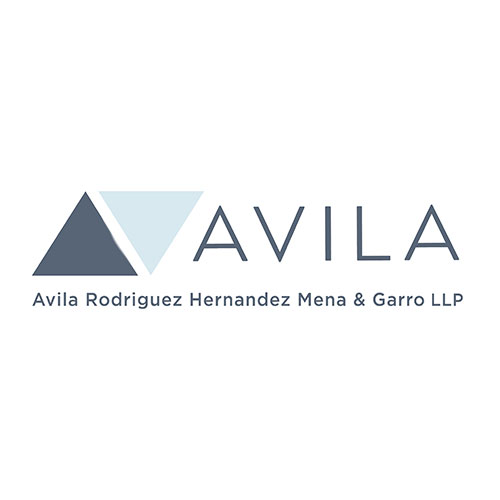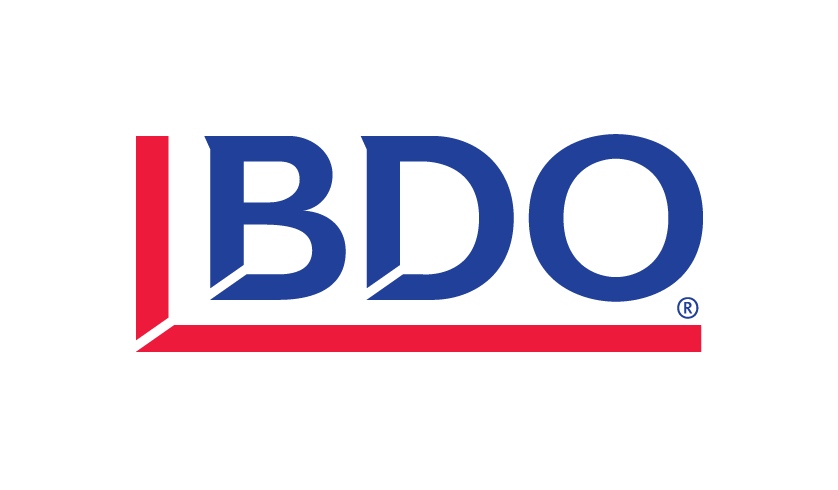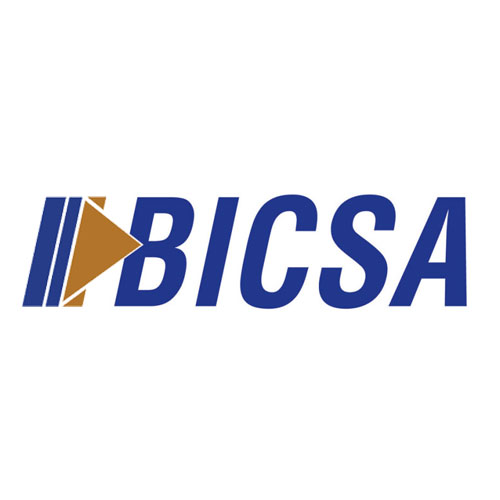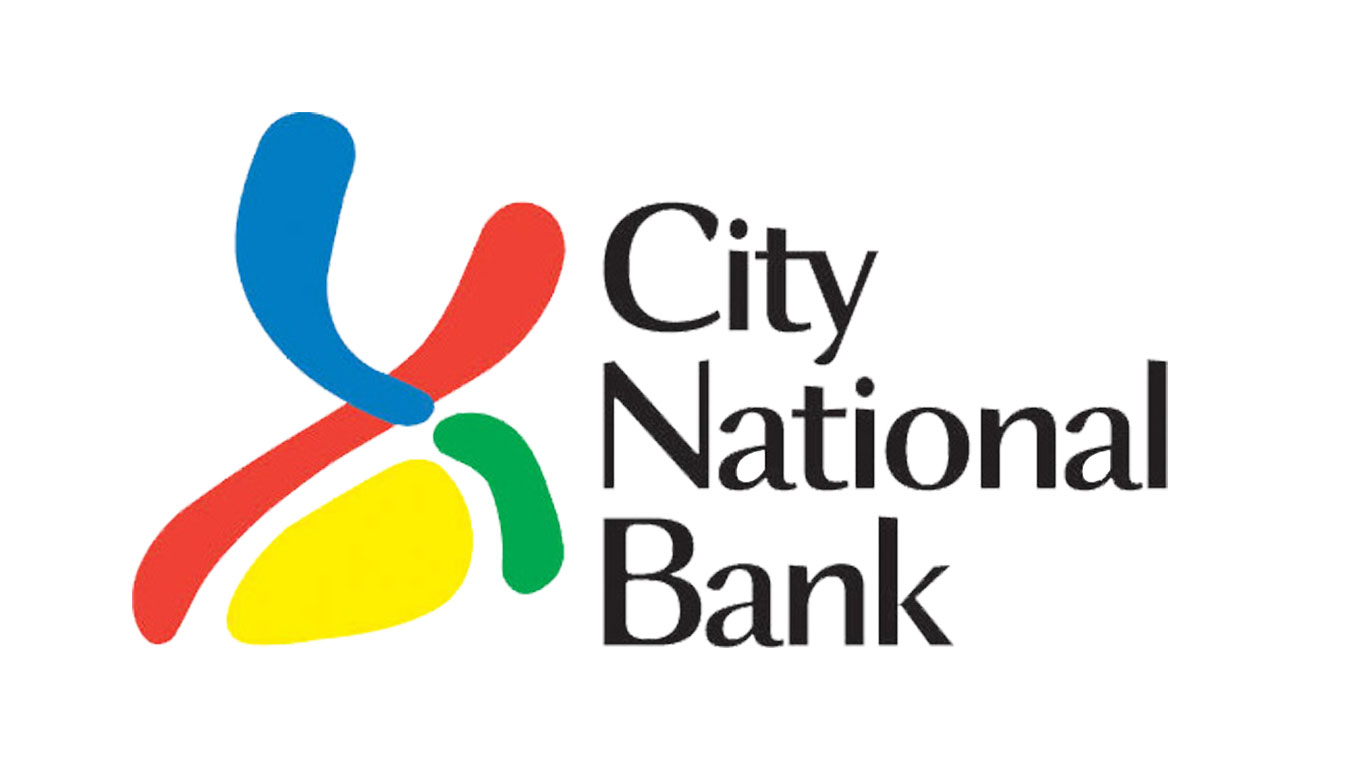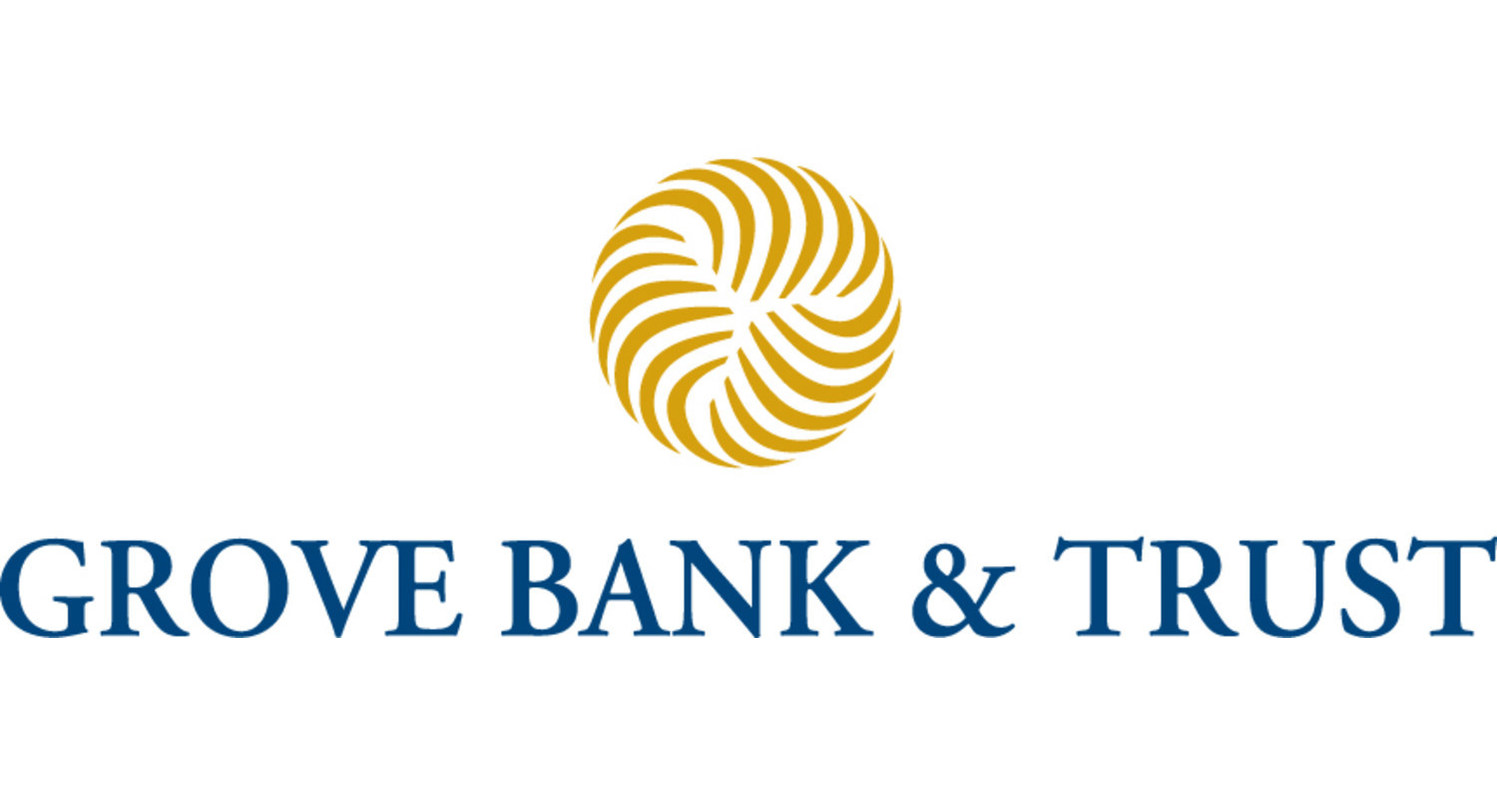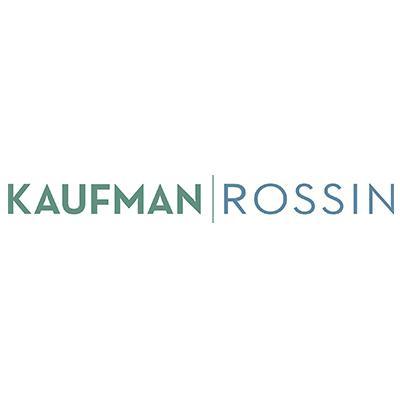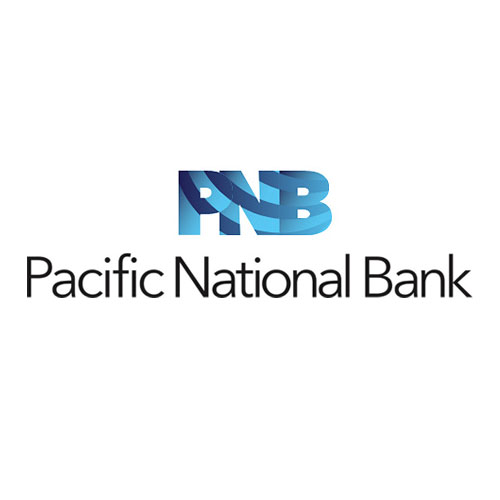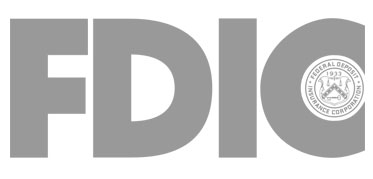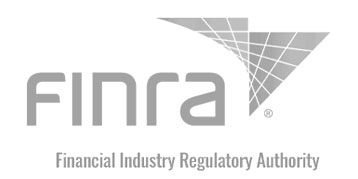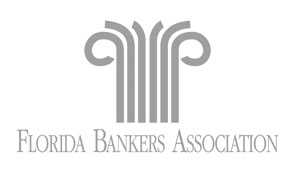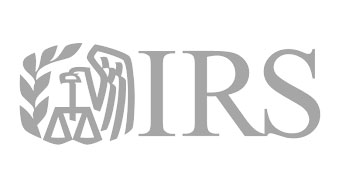Description
How to interpret risks stemming from the quality of financial reports and underlying financial accounts.
Produced by the Risk Management Association
Courses*
*Only available as a series
LDP 2.1 – Interpreting Reliability and Comparability of Financial Statements
LDP 2.2 – Interpreting Quality and Consistency of Balance Sheet and Income Statements
What You’ll Learn
After completing this series, students will be able to:
Analyze the reliability of accountant prepared financial statements.
Compare and contrast the differences among cash, modified-cash, and tax-basis accounting methods.
Interpret repayment risks stemming from identified financial reporting issues.
Assess the implication of estimates permitted by GAAP.
Identify the characteristics of a company’s assets, liabilities, and net worth accounts.
Determine the integrity of a company’s reported financial condition based on a review of both on- and off-balance sheet accounts.
Identify the characteristics of a company’s income and expense accounts.
Analyze the quality of a company’s earnings, the consistency and authenticity of its income and expense accounts, and the sustainability of revenues.



